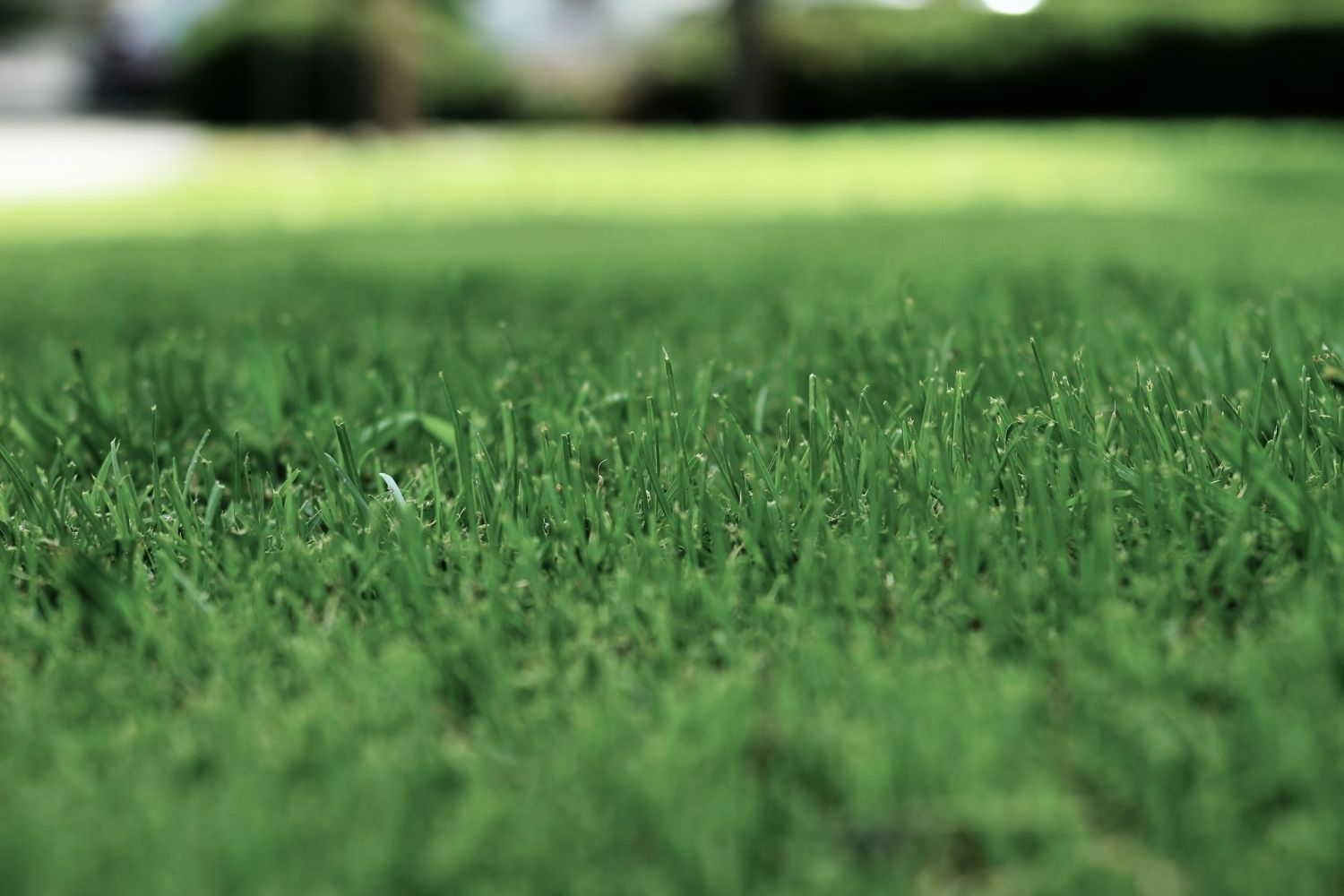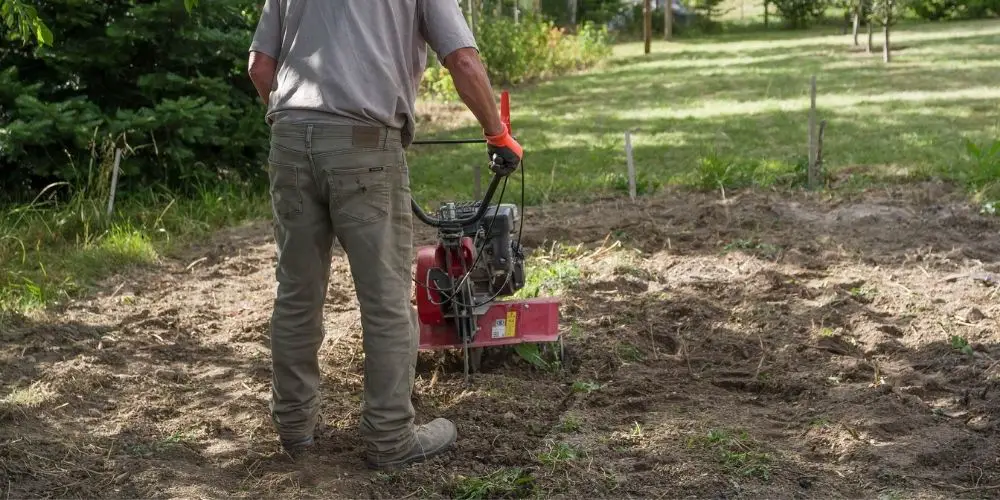The design you form with lawn mowing is a vital aesthetic aspect and if you wish to achieve a great look lawn in less time it’s better to mow diagonally. Proper practices of mowing are vital to get a healthy lawn. With healthy lawns, you can tolerate moisture fluctuations in a better way, have few weeds, and can also appear thicker. When the lawn is lush, strong and patterns readily show up. You can form a lined pattern on the lawn by mowing in an overlapping and diagonal way while changing the directions whenever you finish a line.
Why Mowing Diagonally is a great idea?
It is recommended to change directions while mowing grass, as when the grass is mowed in the same direction, again and again, it gets trained to lean one way. Also, using the same tracks often results in soil compaction and rutting, making it difficult for air and water to reach the roots of the lawn.
Mowing in only a single direction makes the lawn appear worn out over time. Ideally, the grass stems must grow up while standing straight. This is only possible when you mow grass in diagonal directions.
Diagonal Lawn Mowing for Push Mowers
While doing the lawn striping, lawnmowers can mow horizontally, vertically, or diagonally across the lawn surface to get a striped mowed pattern. Let’s know-how:
- You can begin by mowing around the lawn perimeter.
- Then you can mow across. When you’re getting towards the end, you can swing the mower around and head back in the other direction, making the line that can overlap with the first one.
- Start mowing back and forth for ensuring that you’re getting systematic patterns.
- Finish with another rollover of the perimeter.
- The key here would be to going single.
Diagonal Cutting for Lawns
- Before starting the mowing process, you can prepare the lawn by clearing toys, rocks, and other debris. Make sure that you’ve got sharp blades in the mower to avoid damage to the grass.
- Start in the lawn corner, facing towards the lawn center. Now position the mower at a 45-degree angle. Make sure that your first line is formed straight. Push the lawnmower forward until you’ve reached the line’s end on the other side. Continue pushing the mower off the lawn for avoiding turning lines. The first line forms on basis of the diagonal design of the lawn.
- You should turn around the mower so it faces the opposite direction. You’ll want to follow the original line to the other side. Overlap the original line through around 6 inches, then you can start mowing in opposite direction. The overlap would make the lines appear pronounced.
- Mow the lawn in a back and forth manner in a diagonal pattern until you reach the lawn’s opposite corner. Make sure to overlap all lines with the last one, while keeping the lines consistent. The method should be continued until you’ve mowed the whole lawn.
Mowing Lawn in Straight Lines

The mowing pattern starts with the first line you’ve cut. If the first line isn’t straight it wouldn’t be a good reference for other lines. It wouldn’t be a good suggestion to only rely on the eyesight while forming the mowing line.
- Determine the vantage point through which people would most likely view your lawn. This could be in an adjoining garden or a sidewalk. Select a point through which it is possible to plot lines that extend down in the lawn middle.
- Drive a little stake in the ground which must be off the lawn, and also tie it with a string. Now stretch the strong across your lawn to a point beyond it, also drive another stake while tying a string to it. The string must be around an inch above the grass top.
- Set up the mower at the line’s one end and then push it across your lawn, while keeping the side of the blade wheel housed with string. It should only touch your string and the string should not blend.
- Have a second pass along line, while overlapping the area cut already with around 6 inches. The wheels must be kept at a fixed distance from the cut area edge.
- Also, cut another perpendicular line at the lawn opposite end, and finish cutting half of the lawn on the line side where you’re working. Go to the lawn’s far side to make the first return pass on the other line side, and finish cutting the lawn on the line’s other half.
As it is not possible to turn quickly while using a riding lawn mower, you can try a simple pattern instead. You can roll around the yard perimeter once or twice, close in a little, make small perimeter cuts and make small squares till you get to the lawn’s center. With these diagonal mowing tips, your lawn will get a vibrant and exquisite appearance.















